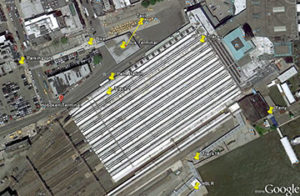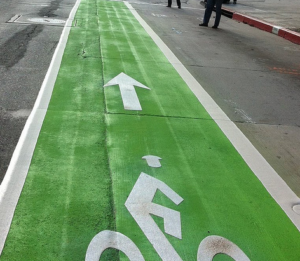Safety Studies and Security Analysis
Technical Expertises
- Multimodal Transportation Safety Comparisons
- Pedestrian and Bicyclist Safety Studies
- Traffic Safety Improvement Plan
Feature Project
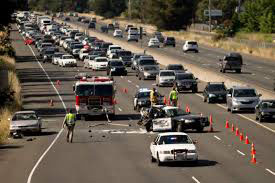 This study compares and presents safety performance between and among four passenger transportation modes in the U.S: highway, transit, railroad, and aviation, using national data from 2002 through 2010. The research was based on data collected and reported largely to meet federal reporting requirements and did not involve the collection of additional data. The report shows that airplanes and trains are the safest modes for travel between cities, and transit is safer than automobiles for local travel.
This study compares and presents safety performance between and among four passenger transportation modes in the U.S: highway, transit, railroad, and aviation, using national data from 2002 through 2010. The research was based on data collected and reported largely to meet federal reporting requirements and did not involve the collection of additional data. The report shows that airplanes and trains are the safest modes for travel between cities, and transit is safer than automobiles for local travel.
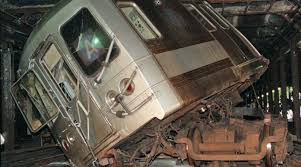
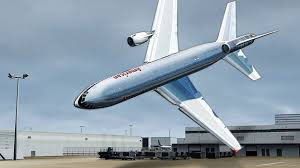
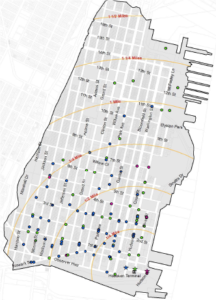 Hoboken Intermodal Terminal, which provides transportation services and critical trans-Hudson connections to thousands of New Jersey residents, is one of NJ TRANSIT’s major terminals. Considering the historical role of Hoboken Terminal in public transportation, many projects has been initiated and implemented to promote services in the various transport modes and to ensure the long-term functionality of this facility. Though, these projects have tackled many issues, the confliction between the various transport modes (commuter rail, light rail, ferry, and bus) impedes movement in downtown and jeopardizes the Terminal’s reputation as a great urban space. In addressing this complication and in response to the NJ TRANSIT request, this research examined and evaluated mode split shift in the Hoboken Intermodal Terminal and its effect on the urban space surrounding this facility. The results of this examination assist the research team in providing practical and efficient recommendations addressing current conflicts and mobility impediments in the Hudson River waterfront, as requested by NJTRANSIT official.
Hoboken Intermodal Terminal, which provides transportation services and critical trans-Hudson connections to thousands of New Jersey residents, is one of NJ TRANSIT’s major terminals. Considering the historical role of Hoboken Terminal in public transportation, many projects has been initiated and implemented to promote services in the various transport modes and to ensure the long-term functionality of this facility. Though, these projects have tackled many issues, the confliction between the various transport modes (commuter rail, light rail, ferry, and bus) impedes movement in downtown and jeopardizes the Terminal’s reputation as a great urban space. In addressing this complication and in response to the NJ TRANSIT request, this research examined and evaluated mode split shift in the Hoboken Intermodal Terminal and its effect on the urban space surrounding this facility. The results of this examination assist the research team in providing practical and efficient recommendations addressing current conflicts and mobility impediments in the Hudson River waterfront, as requested by NJTRANSIT official.
